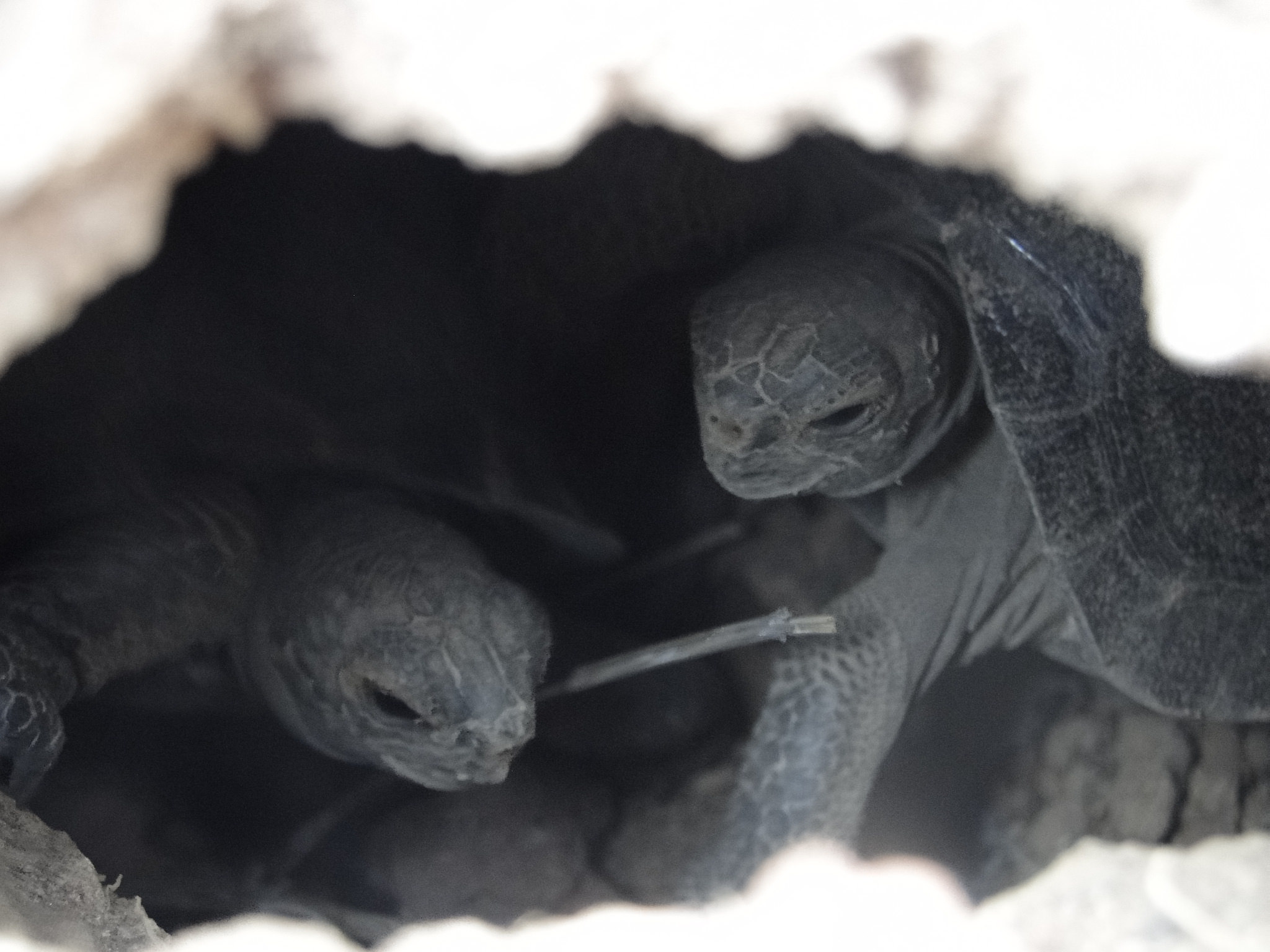
Tortoises being born once again on Galapagos Islands after rats exterminated
After more than a century, tortoises are once again being born on the Galapagos Islands after local rats were exterminated with poison, a process that required…
After more than a century, tortoises are once again being born on the Galapagos Islands after local rats were exterminated with poison, a process that required the temporary removal of local birds to prevent them from also being poisoned.
The presence of voracious black rats on Pinzon Island, which measures 1,789 hectares (about 4,470 acres) in size, had led to the sharp decline in various species - doves, lizards and snakes - as well as the giant tortoises, given that the rodents regularly feasted on their eggs.
Given the rat infestation, in December 2012, after five years studying the potential effects of using poison to eliminate them, experts used a helicopter to disperse poison on Pinzon Island, Danny Rueda, the ecosystems director of for Galapagos National Park, told EFE.
Earlier studies had warned of a medium to high risk for the Pinzon sparrowhawks because the birds could eat the dead rats, but that possibility was avoided by capturing 12 of the birds and caring for them for three years on nearby Santa Cruz Island before returning them to their natural habitat.
Along with the 12 Pinzon sparrowhawks, another 41 were also captured in other spots around the archipelago and kept on the same island until their release.
RELATED CONTENT
When they were set free, equipped with electronic trackers, the 12 birds returned right "to the spot where they were captured" and now they are reproducing normally, Rueda said.
"In December 2015, ... we detected for the first time, after more than 100 years, baby tortoises born naturally," Rueda said, calling the event "quite significant" for the future of the giant tortoises on Pinzon Island.
The number of rats that have been killed by the poison - which does not take effect instantly, but rather exterminates them over the course of several generations - is not known, but it is presumed that most of them died in their nests, given that the odor of decay was minimal in the area.
Over two years of monitoring after spreading the poison, eventually no rats remained on Pinzon Island and in 2014 it was declared "rodent-free" and now the doves, lizards and snakes are making a comeback there, Rueda said.
It is believed that the rats arrived in the archipelago with the first sailors to come there - pirates and whalers - in 1800, and now the big challenge is to avoid a reintroduction of the rodents since any boat or ship can bring them into the area, whereupon some of them inevitably jump overboard and swim to shore.










LEAVE A COMMENT:
Join the discussion! Leave a comment.